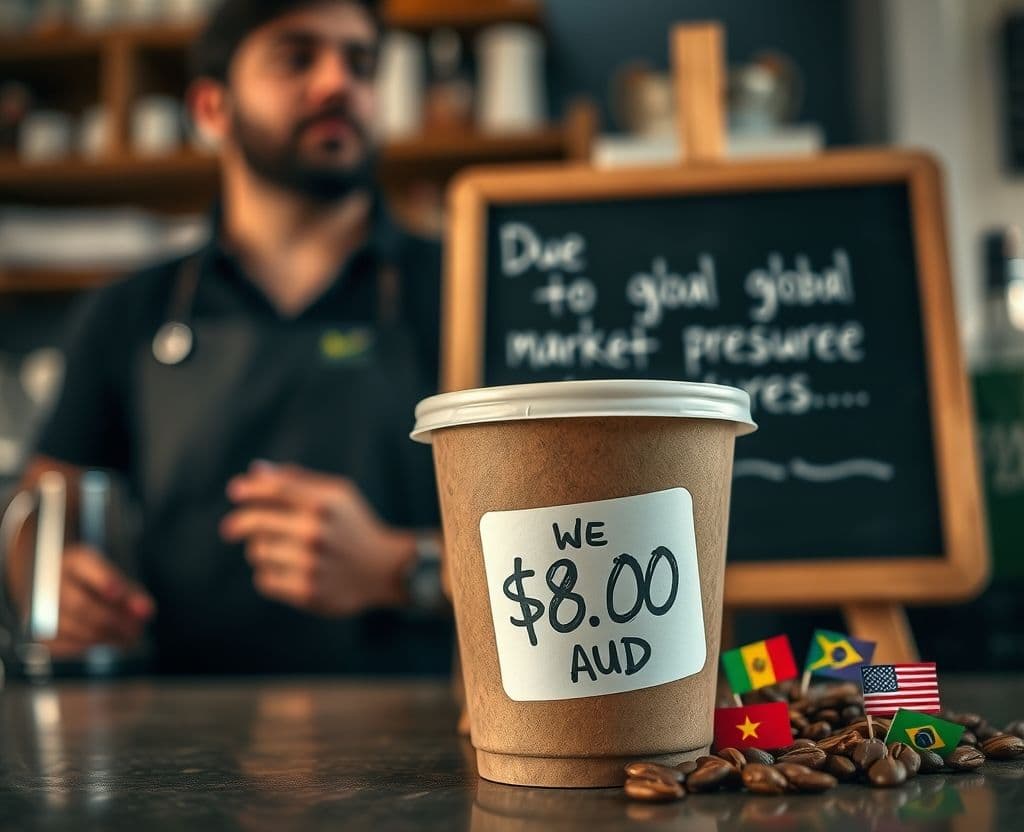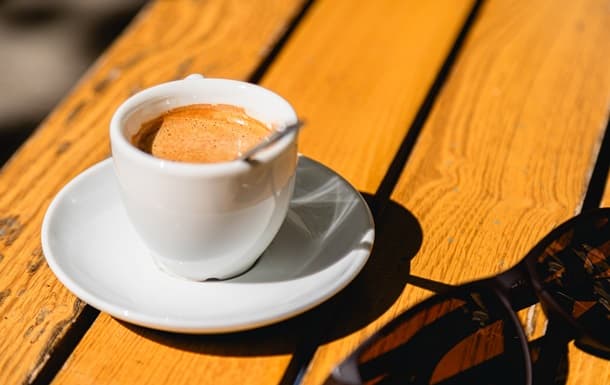A proposed 50% tariff on Brazilian imports by former U.S. President Donald Trump has sent ripples through the global coffee market, already grappling with record-high prices. While the immediate political focus is on the U.S., the fallout could soon hit Australian consumers—potentially pushing the cost of a regular barista-made coffee to as much as $8 by year’s end.
A recent report by espresso machine manufacturer La Marzocco reveals that the average price of coffee in Australia has risen sharply since the pandemic—from about $4 pre-2020 to $5.50 in 2025. According to La Marzocco Australia managing director Barry Moore, Trump’s tariff threats, combined with extreme weather events in major coffee-producing regions, may drive prices even higher.
“If Trump proceeds with tariffs on Brazil—and possibly Vietnam—it will affect more than just U.S. prices. It’s likely to disrupt global supply chains. Many coffee growers are small-scale, and if they’re pushed out of business, the entire supply system could tighten,” Moore told The Australian Financial Review.
Coffee futures surged last Thursday following Trump’s announcement that the new tariffs would begin August 1. Experts say these trade measures, while politically motivated, could inadvertently pressure global supply, particularly in Australia where the market relies on diverse sources.
Brazil’s coffee sector has already been strained by severe weather, which, along with surging global demand—particularly from China—has driven up arabica prices. The benchmark price for arabica surpassed $US4 per pound earlier this year, a record high compared to its pre-pandemic average of under $US1.50. Prices have since retreated slightly, but remain elevated.
Trump’s tariffs are reportedly tied to political retaliation against what he calls a “witch hunt” into Brazil’s former president Jair Bolsonaro. As a result, the Australian dollar has weakened, dipping below US65.8¢ last Friday. Analysts at the Commonwealth Bank warn that additional tariffs could trigger further currency depreciation, exacerbating import costs for Australian businesses.
Professor Vinh Thai, a logistics and supply chain expert at RMIT, noted that while tariffs might seem like a U.S.-centric issue, the interconnected nature of coffee trading makes price inflation likely for Australia as well. “The supply chain is global. If producers lose margin in one market, they’ll try to recover it in another,” Thai said.
He also speculated that some growers could shift away from coffee to other more profitable crops, such as durian, further limiting global supply.
Meanwhile, operational costs continue to climb for local cafes. Melbourne Coffee Merchants founder Fleur Studd says cafes are preparing to raise prices by 50¢ to $1 per cup in 2025. “By year’s end, we expect to see coffees priced at $7 or $7.50, and in some cases, up to $8,” she said.
According to Wes Lambert, CEO of the Australian Restaurant and Cafe Association, coffee beans account for less than 15% of the total price of a cup, but rising costs for labor, rent, utilities, and milk alternatives are squeezing margins. “Alternative milks like oat and almond are more expensive, and wage increases from the Fair Work Commission have added nearly 20% to the industry’s labor costs over the past four decisions,” Lambert explained.
Despite inflation, many cafes have hesitated to raise prices amid fears of losing customers during the ongoing cost-of-living crisis. “If we keep seeing input costs rise while prices remain capped, closures will become inevitable,” Lambert warned.
Data from the Commonwealth Bank suggests Australians are already pulling back. Real household disposable income has dropped 8% since mid-2022, and spending at hospitality venues, including cafés, is on the decline.
Interestingly, La Marzocco reports a 40% increase in home espresso machine sales in the past year, indicating that more consumers are opting to brew coffee at home to cut costs.
Still, Professor Thai doesn’t foresee a cultural shift away from café culture. “Australia ranks among the world’s top 15 coffee-consuming nations. Coffee is deeply embedded in the lifestyle. Consumption habits may slow, but they won’t disappear overnight.”
As global geopolitics, climate, and market forces continue to collide, Australia’s cherished cup of coffee could soon become a luxury rather than a daily staple.


